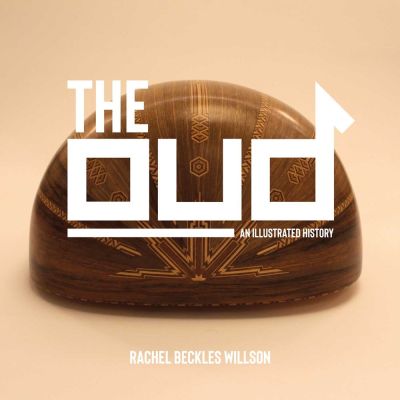According to a literary tradition of Iraq, the origin of the oud lies in the grief of Lamak, a descendent of Cain, son of Adam. When his 5-year-old son died, Lamak hung the boy's limp body on a tree, and as time passed, he resolved to build a musical instrument from the remaining bones. He then played it, wept, and sang the first lament; his daughter Sila became an instrument maker. So the oud is a beautiful pear-shaped box, with neck and strings, that makes music, but it can also be a link to the world of storytelling that brings new voices into life. Today the oud is one of the most important instruments in music cultures of the Middle East and North Africa, and while associated mainly with the Arab world, it is also played in Iran, Turkey and Greece. More recently it has spread into East Africa, numerous countries of Europe, Australia, the Americas, China and Japan. This book explores the oud's history and increasingly global lives today. It explores its varied construction over time and place, delves into its place in literature, and reveals its widespread repertoire and immensely diverse players.

